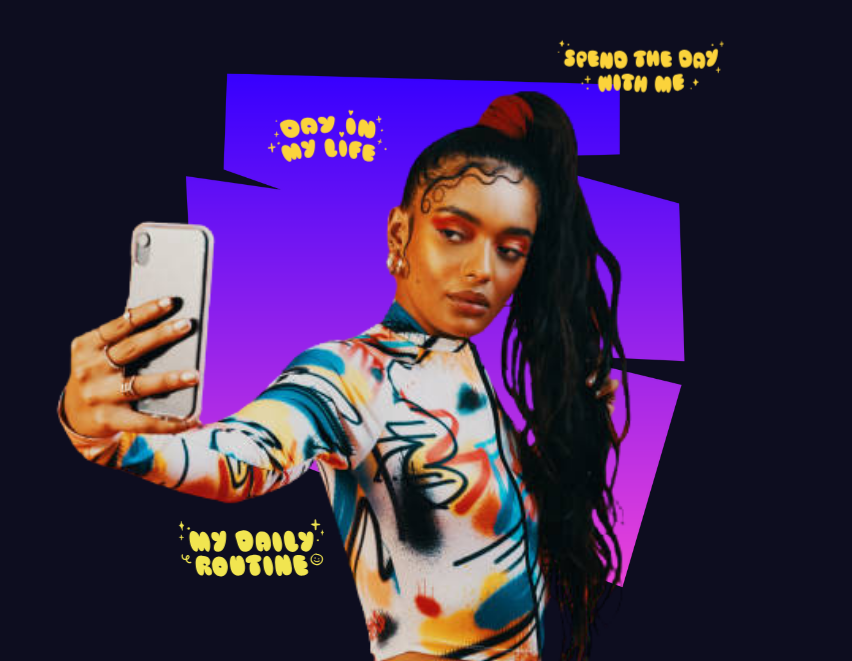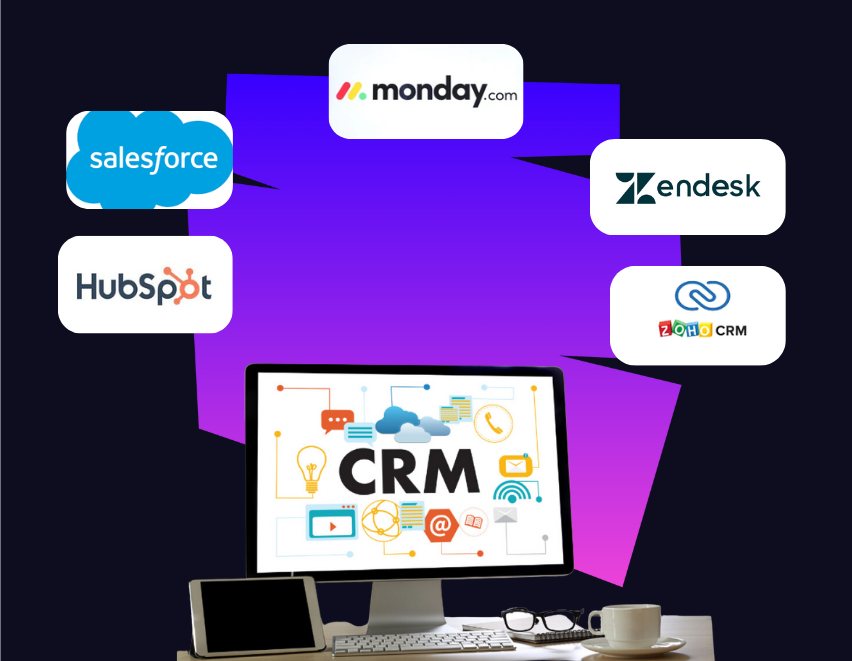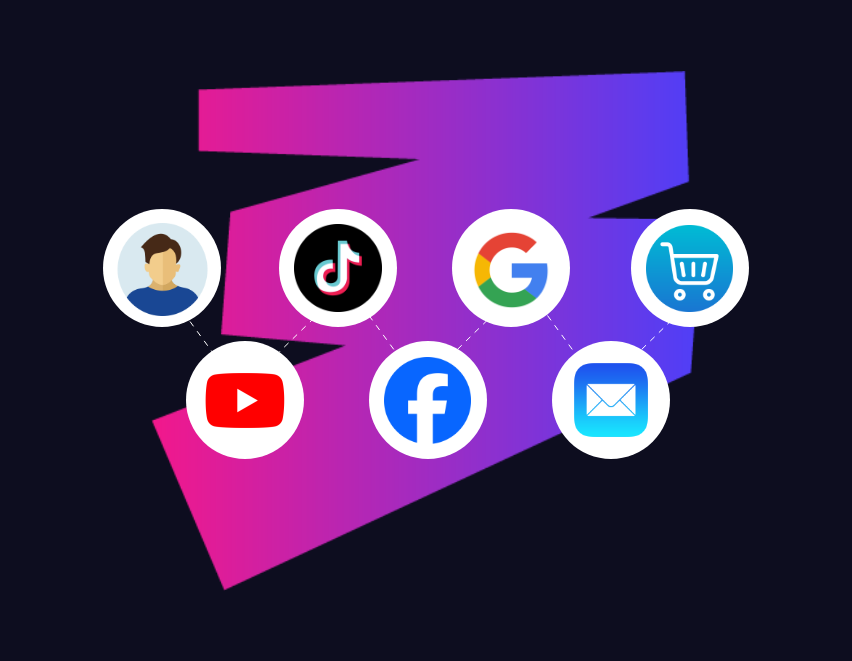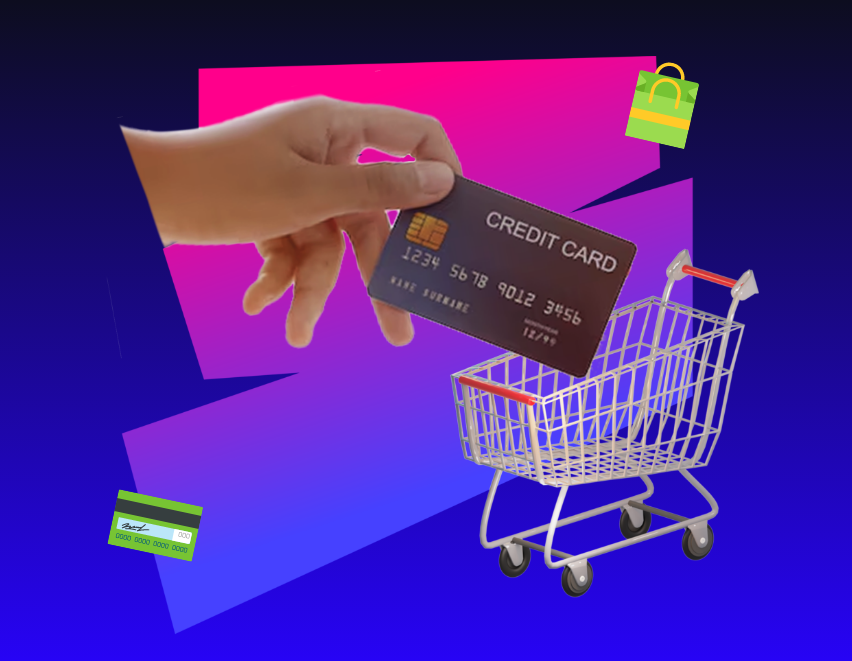Ever scrolled through social media, spotted a product you loved, and wished you could buy it instantly without leaving the app? That’s the convenience shoppable ads offer. These interactive ads are thriving, revolutionising how businesses connect with consumers, and making the buying journey smoother and faster. Research shows that consumers are 15% more likely to purchase after viewing a shoppable ad compared to standard ads.
If you want a better understanding of how shoppable ads work, we’ve broken down everything you need to know below.
What are shoppable ads?
Shoppable ads are interactive paid advertisements that allow customers to buy products directly from the ad. They bridge the gap between product discovery and purchase, making the process seamless and convenient.

Picture this: you’re scrolling through Instagram, see a pair of trainers you like, and with just a few taps, you’ve purchased them—all without leaving the app. These ads collapse the traditional shopping funnel, cutting out unnecessary steps and reducing the chances of drop-off.
For businesses, this means capturing and retaining the consumers’ attention when they’re most engaged, creating opportunities for higher conversion rates and enhanced customer experiences.
Which platforms support shoppable ads and how to make the most of them
A variety of digital ad platforms support shoppable ads, each offering unique features for social commerce.
- Meta shoppable ads
Instagram: Transforming scrolling into shopping, Instagram’s shoppable ads allow users to purchase directly from tagged posts, Stories, and Reels for a seamless experience.
Facebook: Facebook’s shoppable ads use dynamic product features to personalise the user journey, guiding audiences from discovery to checkout within their feed.
- YouTube: YouTube’s TrueView for Shopping integrates with Google Merchant Centre, enabling clickable product links beneath videos to engage viewers while they watch.
- TikTok: TikTok shoppable ads combine engaging short-form content with shoppable links, letting users explore and purchase products without leaving their entertainment hub.
- Pinterest: These ads inspire with “Shop the look” pins and creative product collections, allowing users to buy directly from their favourite boards.
- Google: Google shoppable Ads appear in search results and Google Images, connecting visually driven consumers with purchase-ready products in just a few clicks.
Selecting the right platform depends on your target audience and where they spend the most time.

The benefits
These ads provide several key advantages for businesses and consumers
- Increased conversions: By eliminating steps in the buying process, these ads make it easier for users to purchase, leading to higher conversion rates.
- Improved customer experience: Consumers enjoy a streamlined transition from discovery to purchase, creating a hassle-free shopping journey.
- Direct social sales: With shoppers already active on platforms like Instagram and TikTok, shoppable ads meet customers where they are, thus converting their interest into action.
How to run a successful shoppable ad campaign
Running an effective shoppable ad campaign requires strategic planning and execution
- Choose the right platform: Identify the platform that aligns with your audience’s behaviour and preferences. For visually driven products, Instagram and Pinterest are ideal, while TikTok excels for trend-driven items.
- Create high-quality visuals: Use sharp, engaging images and videos that showcase your product in action or in use to grab attention and paint a picture.
- Integrate product catalogues: Ensure your product catalogue is up-to-date and easy to navigate, providing a seamless shopping experience.
- Set up tracking: Monitor key creative metrics such as click-through rates (CTR) and conversion rates to evaluate performance.
- A/B test for optimisation: Experiment and iterate with different headlines, visuals, and call-to-action buttons to determine what resonates most with your audience.
Best practices for maximising ROI with shoppable ads
To make the most of these ads, follow our proven strategies
- Target the right audience: Use demographic and behavioural targeting to reach users most likely to convert.
- Use authentic content: Incorporate user-generated content to show the product in use and to use customer testimonials to build trust and engagement.
- Optimise for mobile: With the majority of social commerce happening on mobile, ensure your ads are mobile-responsive and easy to navigate.
- Monitor and adjust: Use analytics tools to track performance and refine your approach for better results.
Measuring the success of shoppable ads
To evaluate your shoppable ad campaigns, focus on these key metrics:
- Click-through rate (CTR): A high CTR indicates that your ad is capturing the audience’s attention effectively.
- Conversion rate: Measures the percentage of users who complete a purchase after clicking the ad.
- Return on ad spend (ROAS): Tracks the revenue generated for every dollar spent, helping you gauge profitability.
These insights can guide your strategy, ensuring future campaigns are more effective.
Final thoughts
Shoppable ads are transforming the way brands connect with consumers. By streamlining the customer journey, they enable faster, more seamless shopping experiences that drive conversions and enhance customer satisfaction.
Whether you’re looking to improve social commerce or optimise your paid advertising strategy, these ads are a powerful tool to have in your arsenal. With the right platform, a compelling creative ad strategy, and continuous optimisation, these ads can deliver exceptional results to boost your business to the next level.
Start leveraging shoppable ads today and see the impact they can have on your brand’s growth.











